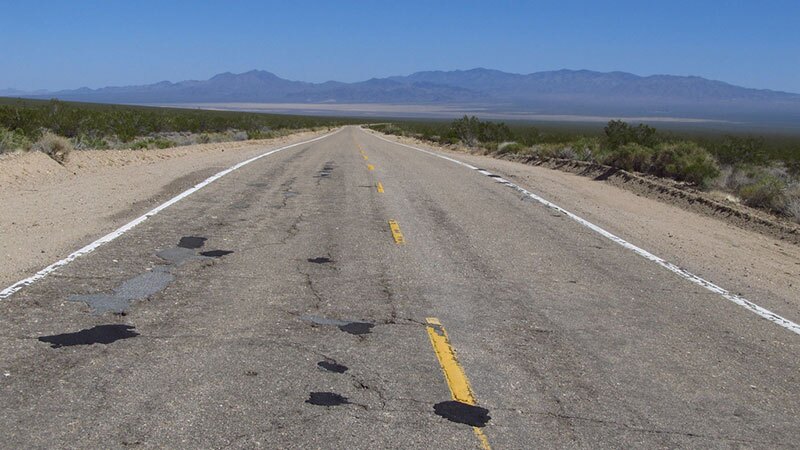Closed For Repairs? National Parks Need Maintenance Funding, And Soon


Commentary: In 2005, I joined the US Army to serve my country as a patriot and to fill the desire to be a part of something larger than myself. Through that challenge I’ve seen our national parks as a valuable aspect of the American spirit.
Our national parks helped bring calm as well as adventure to my life – I want everyone to enjoy them. Funding challenges faced by these national treasures stand in the way of those life-changing opportunities. I think all of us can understand how budgets can be tight. We understand that some things may be left behind, so that others may be tended to. But we also understand that, just like ignoring repair needs to your home or car, the longer you wait, the more expensive the repairs can become.
Similarly, and for too long, the government has not adequately funded our national parks. This lack of directed funding has left some of our more than 400 coveted national park sites in perilous states. The National Park Service fiscal year 2015 maintenance statistics showed a $12 billion infrastructure repair backlog. What this means is that necessary maintenance on park infrastructure has been continuously left undone. In fact, the 2015 deferment increased by nearly half a billion from the previous fiscal year.
Over a third of the maintenance backlog repair includes paved and unpaved roads. Mojave National Preserve is one such example. It has a $109 million dollar backlog, $103 million of that for road repairs. Death Valley National Park has a backlog of $159 million with $141 million in needed road repairs. And Joshua Tree National Park has a $3.8 million backlog for trail projects.
All these parks also need to maintain campgrounds, operations facilities, and other building improvements. Otherwise, the damage may be irreparable. This concern is shared by Congressman Paul Cook of the 8th district, who has said, “I’m particularly sensitive to the deferred maintenance backlog in our National Parks System. The public must have access to public lands and without adequate roads, this is nearly impossible.” The time is long overdue for serious upgrades.
It’s important to understand that the National Park Service staff aren’t to blame for the current funding crisis — even with funding shortfalls, they do a heroic job of providing enjoyable visitor experiences, keeping the public safe and protecting resources. It’s also critical to understand that the revenue the parks generate through entrance fees and visitor center sales is not enough to address the looming list of repairs and facilities upgrades.
Our national parks now stand at a crossroads. In a time of record visitation, there is a real danger of failing to provide the quality experience tourists expect. Prompt Congressional action is needed to address this crisis.
By creating a system of annual funding and new dedicated funding, our national parks can better protect their resources and serve visitors. Such funding is a sound investment, as our national parks provide such incredible returns: $10 in economic activity for every $1 invested.
As a veteran who served his country proudly, I know there is strong public support for the conservation of our great cultural and natural wonders. I call on Congress, with the help of Congressman Cook, to allocate specific funding to address the national parks maintenance backlog.
It is not enough to have some funding “here and there”, or to further defer repairs to crumbling national park infrastructure. With consistent, dedicated funding for our national parks in place, we can be assured that the parks will thrive in their second century for the enjoyment of every visitor, every family, every veteran – to love and enjoy, in their own natural spirit unique to America.
Banner: road closure in Death Valley. Photo: NPS


